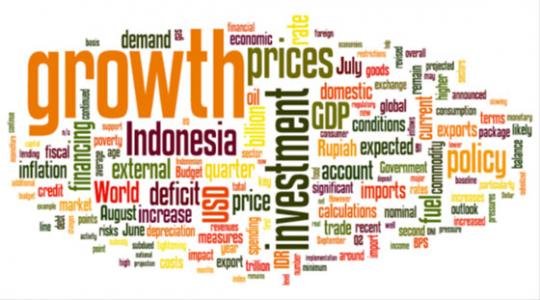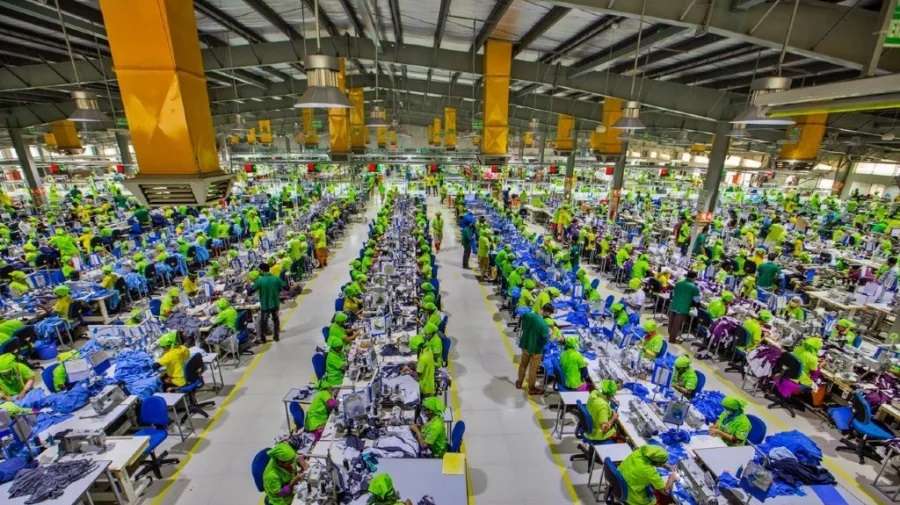
Structural reforms needed

Axel van Trotsenburg of the World Bank said that growth in the developing East Asia Pacific continues to be solid; however, the moderating trend suggests that policy makers in the region must remain focussed on structural reforms that lay the foundation for sustainable, long-term and inclusive growth. Trotsenburg, while explaining what the reforms should constitute said that they should include regulatory improvements in finance, labour and product markets, as well as measures that enhance transparency and accountability. He believes that these policies will reassure investors and markets, and help sustain growth that would lift the impoverished.
The region does face a challenging global environment. Global trade is growing at its slowest pace since 2009 and the recovery in high-income economies remains gradual. The widespread slowdown in developing countries has intensified, particularly in commodity producers affected by lower commodity prices.
Across East Asia, the performance trends are diverse. China’s economy, this year, is expected to grow about 7 per cent and will moderate gradually afterwards. Its economy continues to shift toward a model, which is dominated more by domestic consumption and services, which implies a gradual reduction of growth.
In 2015, the rest of the developing East Asia is expected to grow 4.6 per cent, which is similar to the rate in 2014. Indonesia, Malaysia and Mongolia, which are commodity exporters, will witness a slower growth and lower public revenues this year, which reflects weaker global commodity prices. Whereas, the importers will be stable; for e.g., Vietnam, is expected to grow 6.2 per cent in 2015 and 6.3 percent next year. However, growth will ease in many of the smaller economies. Pacific Island countries will witness moderate growth.
Though growth is still at 6.9 per cent this year in Cambodia, lower agricultural output is hurting the economy. Severe flooding in Myanmar is most likely to slow down the growth to 6.5 per cent from 8.5 per cent last year.
China may slow down growth
Sudhir Shetty, Chief Economist of the World Bank’s East Asia and Pacific Region says that developing East Asia’s growth is expected to slow because of China’s economic rebalancing and the pace of the expected normalisation of US policy interest rates. He feels that these aspects may generate financial volatility in the short-term; however, they are a necessary adjustment for sustainable growth in the long term.
The Chinese economy will slowdown in 2016/17 because the country has sufficient policy buffers and tools to address the risk of a more pronounced slowdown, including relatively low public debt levels, regulations restricting savings outside of the banking system, and the state’s dominant role in the financial system. The effects of the slowdown will be felt in the rest of the region, if the country’s growth slows down further. This is especially for countries linked to China through trade, investment and tourism.
Also, a gradual increase in US interest rates will begin in the coming months. This rise, though anticipated, is still risky for the markets as they could react sharply to such tightening, causing currencies to depreciate, bond spreads to rise, capital inflows to fall, and liquidity to tighten.
The report concludes that given the situation, two key priorities across the region are important—a wise macroeconomic management, aimed at shoring up external and fiscal vulnerabilities, and a deeper structural reform, focussed on encouraging private investment.
Worldbank.org












